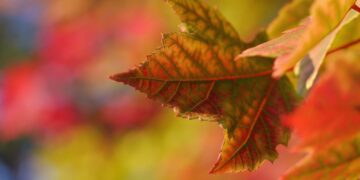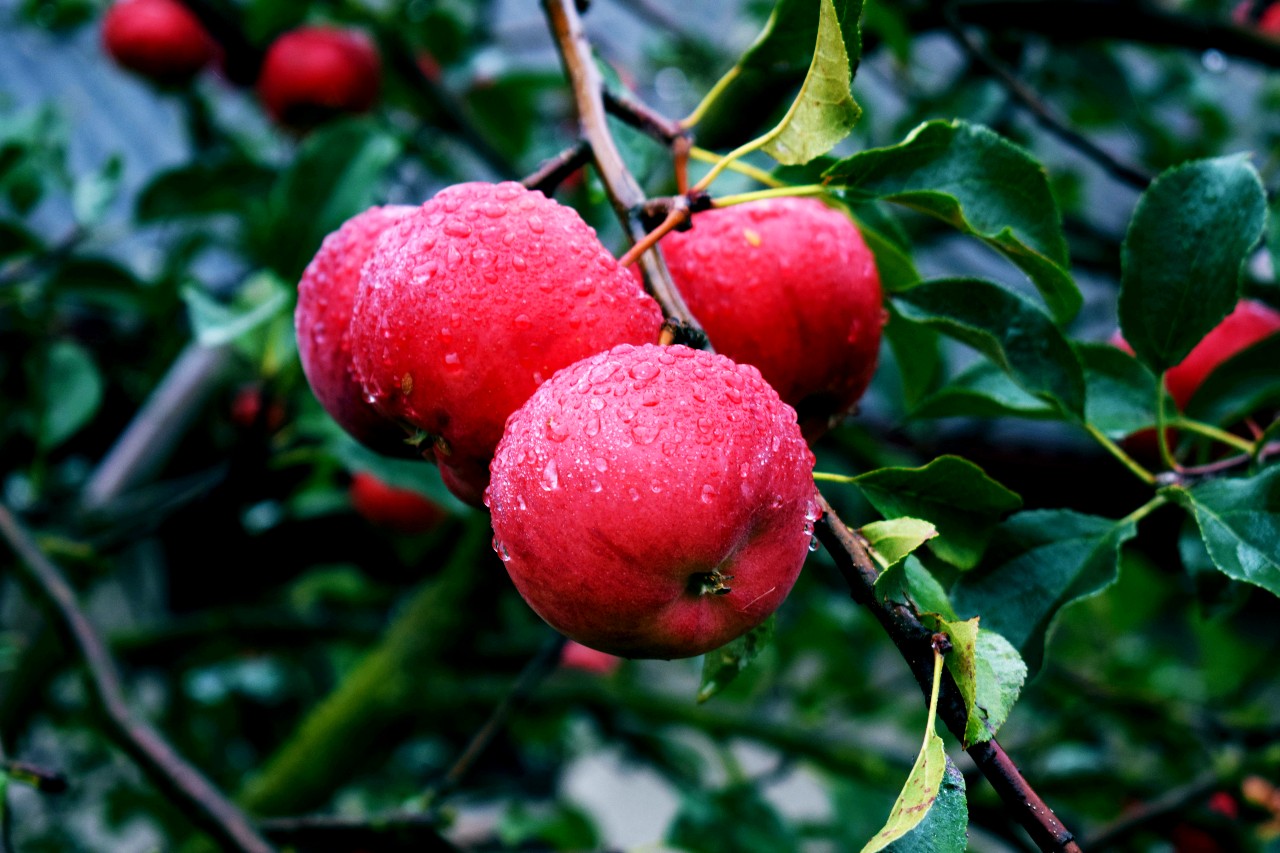If you’re like me, apple trees are one of your favorite things to grow. They can be grown in almost any location, and they’re an excellent way to get fresh fruit that’s not quite as messy as figs or strawberries. Unfortunately, apple trees are susceptible to a number of diseases. Luckily, all of these diseases are manageable if you take care of them early on; I’ll show you the most common apple tree diseases and how to tackle them!
Fire Blight
You’ve probably noticed that your apple trees have some dead branches. You may be wondering how to fix them.
The first thing you should know is that it’s not just a matter of trimming off dead branches and calling it good enough—if the problem is fire blight, then you’re going to need to do more than that. Fire blight is a bacterial disease that can cause leaf and twig dieback, as well as kill branches and even whole trees if left untreated for too long. It spreads through airborne bacteria carried by wind or rainstorms, so it’s important to keep an eye on your plants so you can treat any symptoms quickly before they spread further!
Thankfully there are several ways you can prevent this from happening in the future: one of the most effective methods involves spraying copper sulfate solution onto your plant regularly during bloom season (typically March-June). This keeps away airborne bacteria that might otherwise infect other parts of your tree; however, keep in mind that this treatment doesn’t kill existing infection sites – only prevents new ones from forming! Another way to treat an infected tree is with antibiotics; these are typically administered via injection directly into affected areas where leaves have fallen off prematurely due to infection severity levels being high enough such as when the bark has turned brown around certain spots but overall looks healthy otherwise (as long as no signs exist yet).
Apple Scab
Apple scab is a fungal disease that causes brown spots to form on the foliage and fruit of your tree. The fungus is spread by rain, wind, insects, and birds. While it may not look like much damage, apple scabs can make apples unmarketable if left untreated.
If you find apple trees with brown spots on their leaves, inspect the fruit for signs of infection as well. These brown spots will eventually form corky growths that grow into bumps called pustules as they mature; these are how you know an apple has been infected by this disease!
Apple scab won’t harm humans or other animals but it does make apples unmarketable so it’s important to get rid of them quickly before they start rotting inside your fruit baskets!
Apple Maggot
Apple maggot is a common pest that can wreak havoc on your apple tree. It attacks the fruit, causing it to be malformed and inedible.
If you have noticed any of the following signs of apple maggot, you may have an infestation:
- Fruit with holes or tunnels
- Fruit dropping early from the tree An apple maggot infestation can be difficult to control as they are very small insects that are hard to see. To help stop them from laying eggs on your trees, inspect each branch of your trees every week during June and July looking for egg masses stuck on branches near blossoms or fruit clusters. Once found, remove them by scraping off the egg mass with a knife or hand cultivator then disposing of it in soapy water outside where flies cannot lay more eggs nearby!
Apple Tree Borer
Apple tree borers are a common pest that can destroy an entire orchard. They’re also hard to detect since they hide inside the trunk and branches of your trees, making it difficult to tell if you have an infestation.
What are apple tree borers? Apple tree borers are soft-bodied insects with long antennae, which look like moths from a distance. Although they may appear harmless at first glance, these pests cause significant damage by burrowing into the tree’s trunk or branch and laying eggs there. When those eggs hatch into larvae (worm-like creatures) they eat through the wood until they emerge as adult beetles on your fruit blossoms—which means less fruit for you!
How do you know if your apple trees are infected? If you see large holes in its bark or branches, this could mean that there are apple tree borer larvae nearby. There won’t be any signs of sawdust or frass (sawdust-like waste produced by larvae) around them because their bodies are too small to produce much waste material; however, some people still recommend looking for these things anyway just in case there aren’t any obvious signs of infestation yet either because sometimes it takes longer than usual for symptoms such as wilting leaves before an infection becomes visible enough for us humans to tell easily enough ourselves
Pear Slite Mite
Pear Slite Mite
The pear slite mite is a small, red mite that feeds on the undersides of leaves. It can be found on many different types of fruit trees, including pears. They are not considered to be a serious problem for pears but if they become numerous enough, they can cause yellowing and leaf drops.
To control pear slite mites:
- Remove infected leaves by hand or with a sprayer that has been set to apply an insecticidal soap solution at a concentration of 1:10 dilution in water. Be sure to thoroughly wet all parts of each leaf since these insects spend most of their time hidden within leaf cells until feeding time arrives (usually late afternoon). This will help prevent further infestation for up to six weeks after application!
Codling Moth & Oriental Fruit Moth
What Are Codling Moths?
Codling moths (Cydia pomonella) are native to Europe and have been found throughout the United States since the 17th century. The larvae tunnel inside apples, causing them to soften and rot prematurely. Fruit that’s already damaged by codling moth larvae is a target for other diseases and fungi, so it’s important to check your crops regularly if you suspect they’ve been invaded by this pest.
What Are Oriental Fruit Moths?
The Oriental fruit moth (Grapholita molesta) is an invasive species from Asia that was first identified in North America in 1910. It feeds on fruits such as apples, pears, peaches, apricots and plums—and it can be very destructive because its larvae attack many different parts of the tree including buds and bark as well as fruit itself.
Apple trees are widely grown, but there are some common apple tree diseases you should know about.
Apple trees are widely grown, but there are some common apple tree diseases you should know about.
Apple trees can be affected by a wide variety of different diseases, including:
- Canker: This disease is caused by a fungus that enters the bark of the tree and causes lesions on its surface. These lesions eventually grow into large wounds in which nutrients cannot circulate properly, further weakening the tree’s immune system and making it more susceptible to other diseases.
- Scab: Scab is a fungal infection that spreads through spores and weakens trees by preventing them from carrying out photosynthesis (the process plants use to create energy). As with most fungal infections, this disease develops when conditions are moist and warm for an extended period of time; it must also have easy access to leaves or fruit in order to spread throughout an entire crop—so proper sanitation practices are essential! If you notice signs like discoloration on your apples’ skin (pictured above), start looking around at other areas near where they’re growing; these could very well be infected too!”
Conclusion
We hope that this article has helped you take care of your apple tree. It’s not always easy, but by staying on top of the diseases that could be affecting it, you can keep your trees healthy and happy for years to come!
























